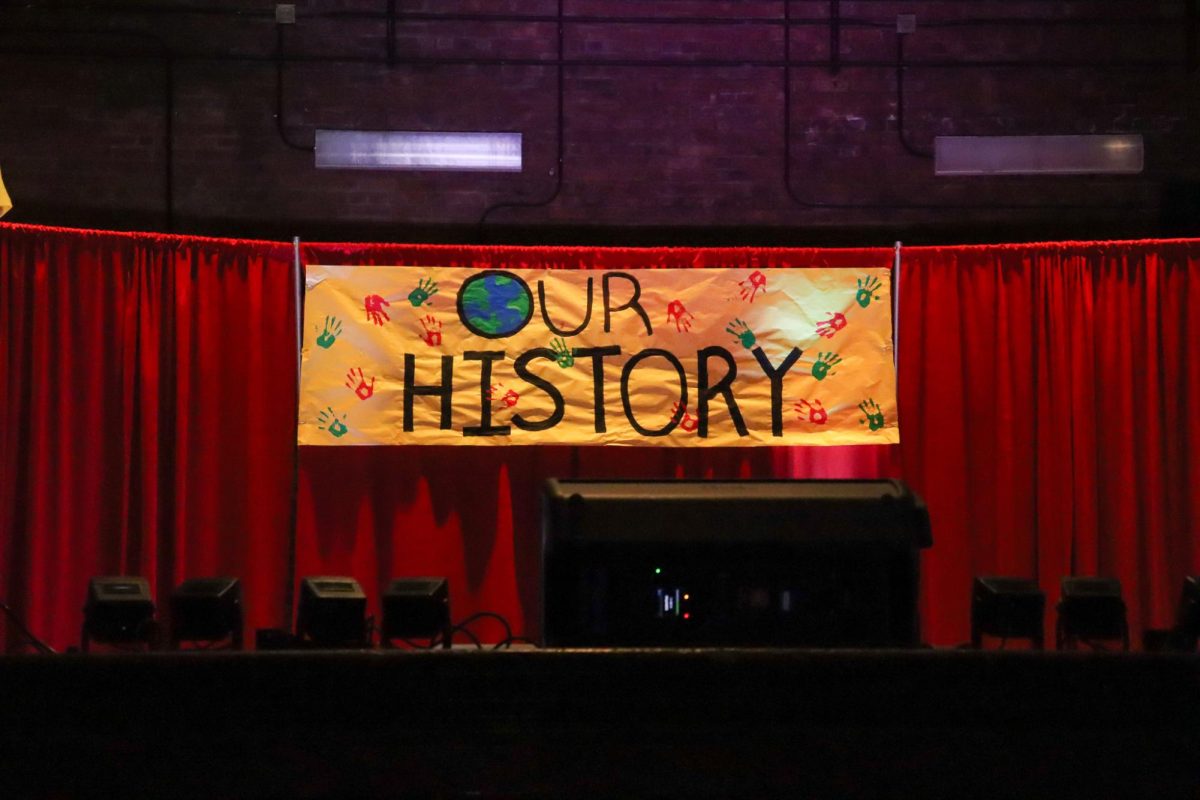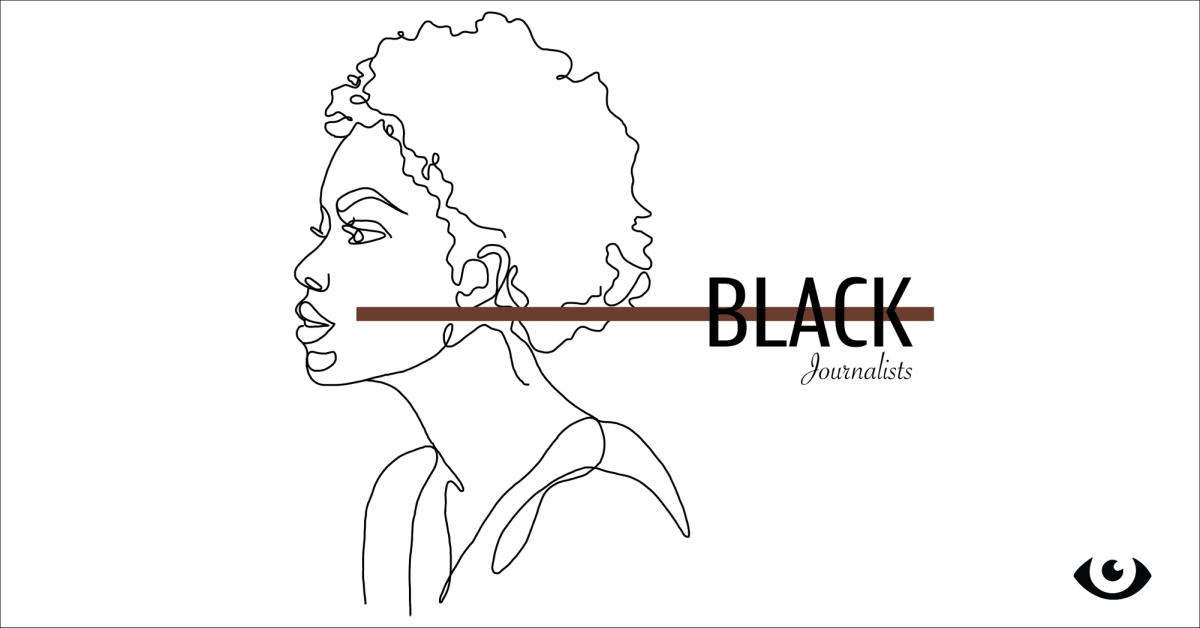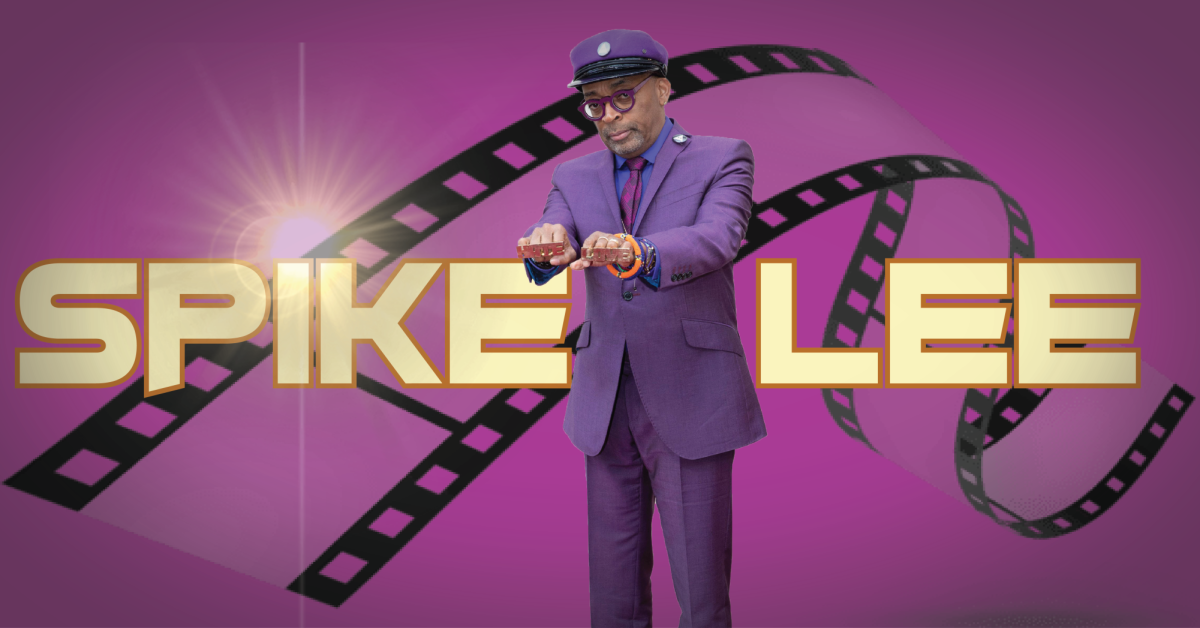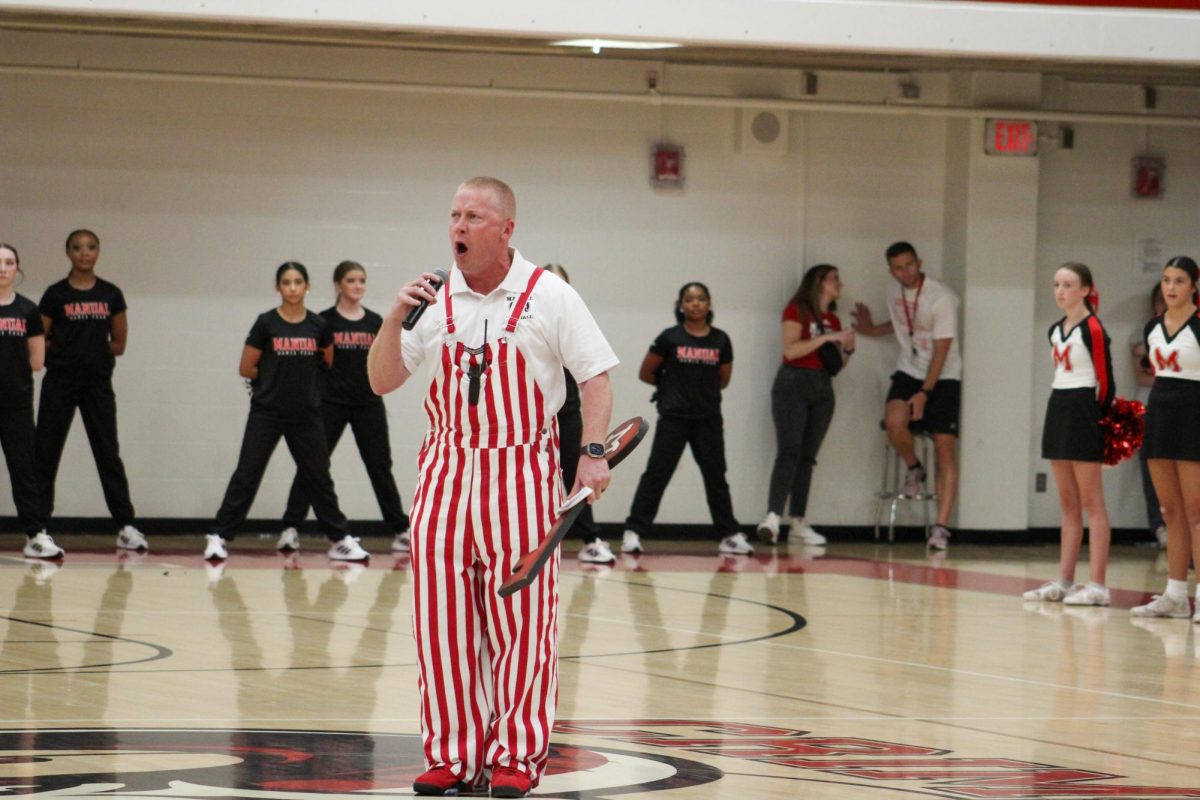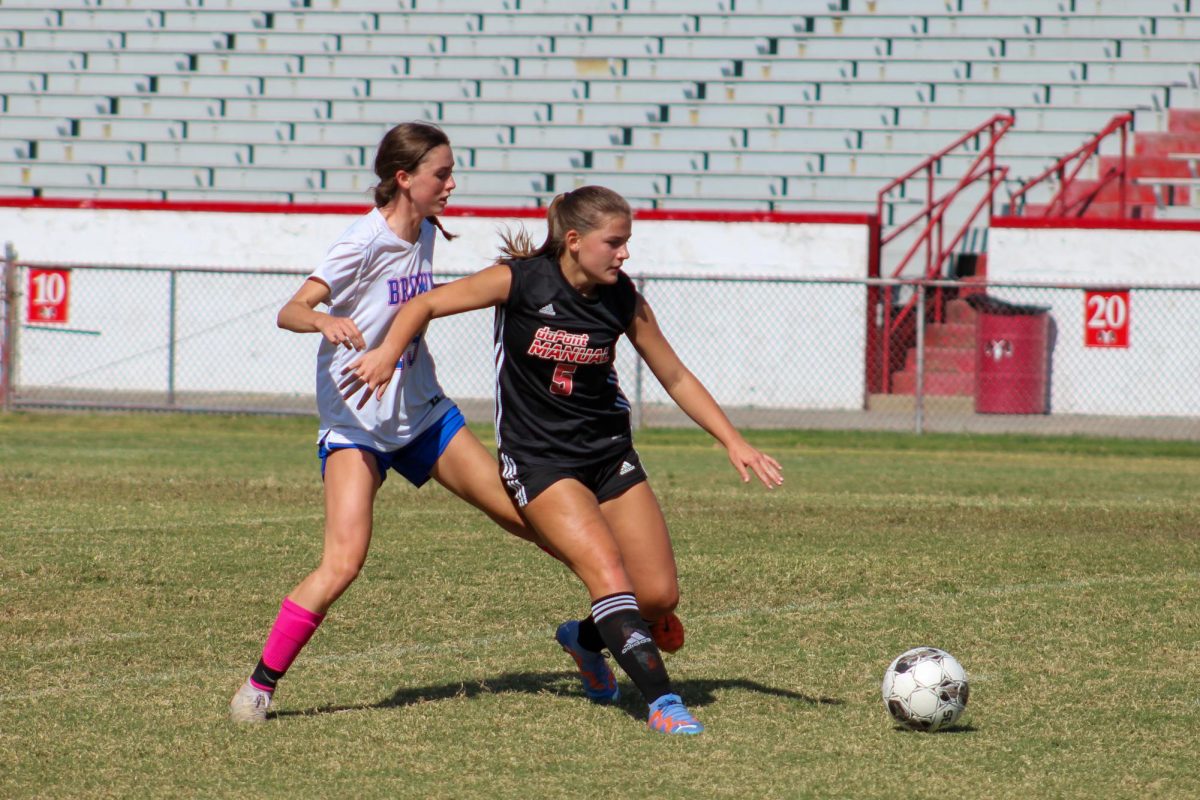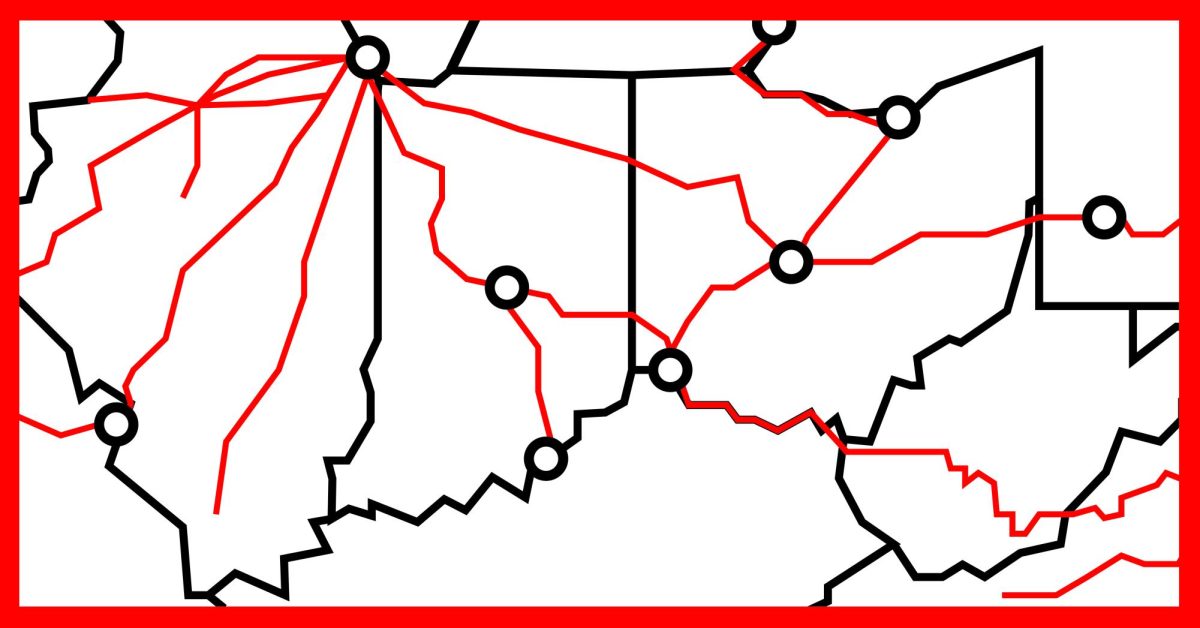New racism can be described as “more indirect, more subtle, more procedural, more ostensibly non racial [discrimination],” according to the American Journal of Political Science. According to the same journal, racism has become diverse from moving to small “inner cities” to colleges, and places “designated for the elite.”
Others have described and defined the new racism thesis as an indirect way to express racism in a more modern society. The new racism thesis consists of certain ways and examples in which people have favored disguised, indirect expressions of racism.
The “Alt-Right” is a far right ideal that emphasizes “white-identity” and uses political correctness and social fairness to protect “‘their’ civilization.” The Alt-Right was coined by white nationalist Richard Bertrand Spencer who wanted to “preserve western civilization.”
White nationalism has promoted white supremacy and blatant racism but can also be determined new racism. The Council of Conservative Citizens (CCC) was created in the late 1950s, early 1960s, to fight against school desegregation and has continued to suppress their blatant racism and discrimination.
The Council of Conservative Citizens’ Statement of Principles says that it “opposes all efforts to mix the races of mankind.” With a conservative President in office, the CCC has been vocal about its liking of Donald Trump and disapproval of all people of color.
Another form of new racism can be seen in the new voter identification laws. Although voter identification laws are not meant to be racist, in practice, they discriminate against the urban poor, who are majority people of color.
The majority of states have a law that restricts voting to those who have a government-issued photo ID, according to the American Civil Liberties Union (ACLU). Government-issued photo ID are normally driver’s licenses, passports, permanent resident cards and military ID cards.
Most argue that most people in urban poor areas would not need a car because of quick and easy access to work, social events and the store. There would also be no need for people in these areas to acquire a passport. Rural poor people, majority white Americans, are more likely to have cars because they are a necessity in those areas.
11% of Americans, about 21 million Americans, do not have photo ID. In turn, these people cannot vote. These laws are not only racially discriminatory but also class discriminatory.
The criminal justice system has unfairly targeted people of color, making it another form of new racism.
Black people are incarcerated at a rate of 5.1 times that of white people. The ACLU did a report on the racial disparities in sentencing in the United States in 2014. “Sentences imposed on black males in federal systems are nearly 20% longer than those imposed on white males convicted of the same crime,” they reported. The same report also said the black and latino offenders would face greater odds of becoming incarcerated than their white counterparts.
The ACLU’s research report on racial disparity in life without parole sentencing found that 65.4% of nonviolent offenders serving life without parole are black when only 13% of the American population is black.
Indirect racial police brutality is another form of new racism. The New York Times found that “determining the prevalence of such [police] killings is no easy matter. The use of force by the police – against minorities and whites alike – is so poorly monitored that there is no precise accounting of how many citizens are killed, much less their ethnicity or other crucial details.”
However, the amount of police killings have risen in the past 20 years, from 367 people in 1991 to 461 people in 2013.
24% of African-Americans fatally shot, are shot by police officers. The Center for Policing Equity found that “African-Americans are far more likely than whites and other groups to be the victims of use of force by the police, even when racial disparities in crime are taken into account.”
Retrospectively, data and research about police brutality has shown that there is racism amongst police forces.
Microaggression is another form of new racism and probably the most common. Some racism that is so subtle that neither the offender nor the defender completely understand the “racial microaggression.”
Derald Wing Sue, psychologist at Columbia University, describes microaggression as “everyday insults, indignities and demeaning messages sent to people of color by well-intentioned white people who are unaware of the hidden message being sent to them.”
Microaggression is more likely than not, unintentional. But does unintentional make the remark not racist? Simba Runyowa personally experienced microaggressions and wrote, “the impact of her words and actions mattered more than her intent. It is all too easy to hurt and insult others without exercising vigilance in interacting with those who lived experiences that are different than our own.”
Whether racism be indirect or direct, someone, somewhere will be affected. The Alt-Right, voter ID laws, police brutality and microaggression are all forms of diluted racism, also called new racism. This phenomenon has affected thousands of Americans and continues to do so.


